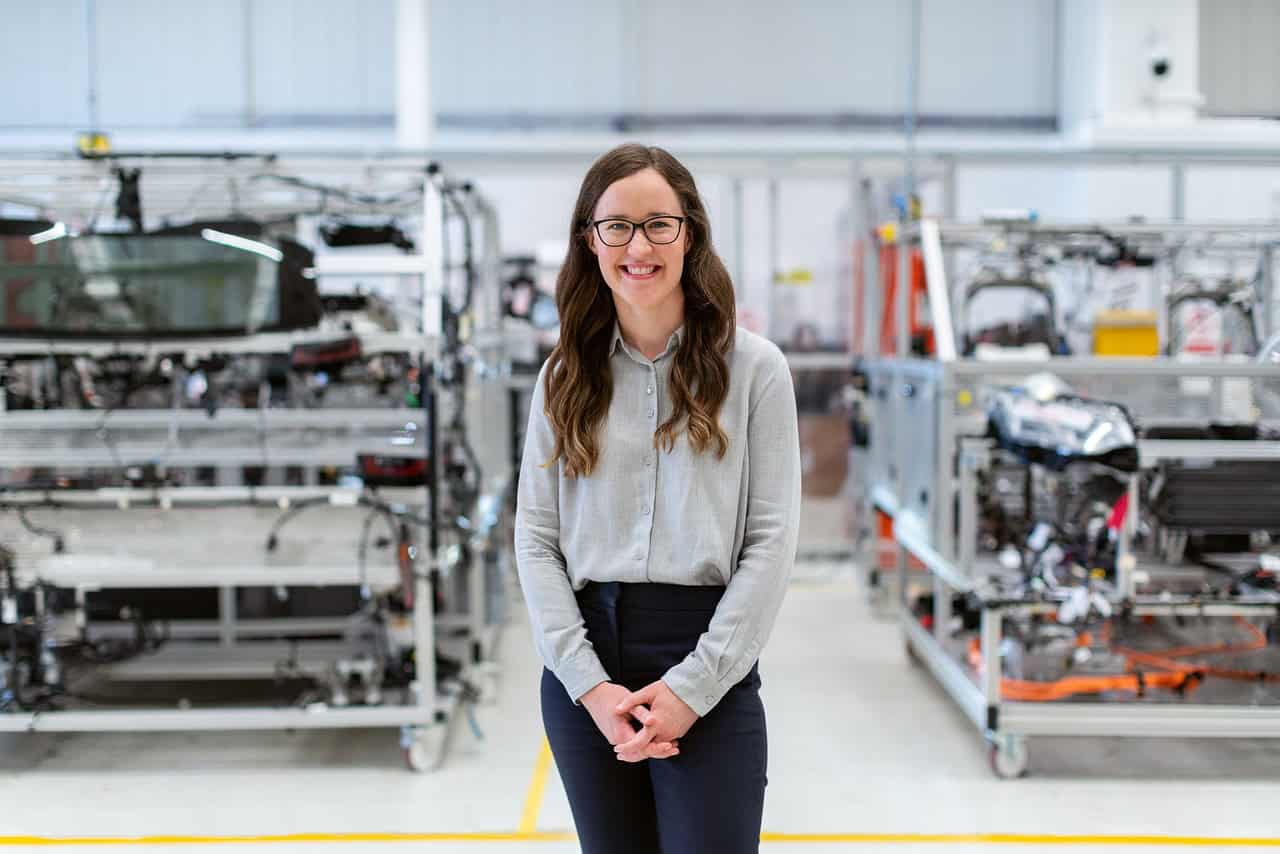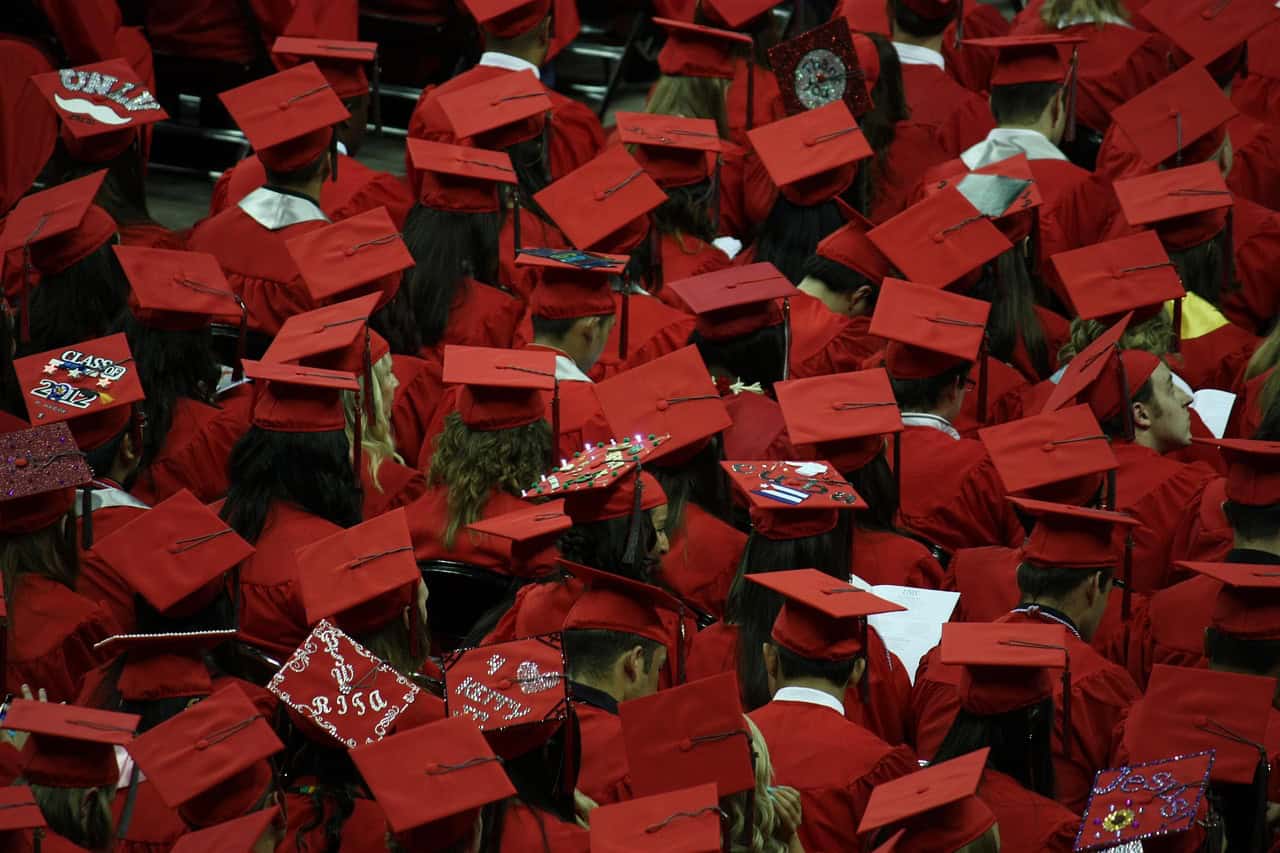AI is now part of everyday school life, from writing tools to design apps. Some say it helps students explore new ideas and express themselves in new ways. Others worry it might make original thinking harder or replace the creative process altogether.
As AI becomes more common in classrooms and college prep, it’s important to understand how it actually fits into a student’s creative journey. Can AI spark imagination, or does it make students too reliant on shortcuts? This answer depends on how the tools are used and how students balance technology with their own voice.
Key Takeaways
- AI can help students brainstorm and organize creative ideas.
- It works best when used as a support tool, not a replacement.
- Start with your own thoughts before using AI for guidance.
- Relying too much on AI can limit originality.
- Combine creativity with AI for stronger results.
What Is Artificial Intelligence and How Is It Used in Schools?
Artificial intelligence, or AI, refers to computer systems that can perform tasks that usually require human thinking. This includes things like learning, problem-solving, and understanding language. In schools, AI shows up in ways that help students learn faster, and teachers work more efficiently.
Many classrooms now use AI-powered tools to support personalized learning. Apps like Grammarly and ChatGPT are common examples students use to improve their writing or understand tricky subjects.
AI and technology also helps with grading, lesson planning, and giving real-time feedback. This gives teachers more time to focus on students instead of paperwork. Over 86% of U.S. students use some form of AI to enhance learning.
For most students, AI is becoming part of daily study habits. AI can support learning in different ways, like helping brainstorm ideas, explain math steps, or provide quick feedback, making the process more flexible and engaging. As these tools become more advanced, they continue to shape how students think, work, and express their ideas.
Positive Impact of AI on Student Creativity
AI is opening new doors for creativity. From writing and art to coding and design, students are using AI to explore ideas in ways that were not possible before. When used the right way, AI can help students think bigger, take creative risks, and develop their unique voice.
AI as a Brainstorming and Idea-Generation Tool
One of the biggest benefits of AI is how it helps students get started. When facing a blank page, tools like ChatGPT or AI writing assistants can suggest topics, outline ideas, or spark new directions. This makes it easier for students to overcome creative blocks and find inspiration.
High school and college students are already using AI tools to help brainstorm or start assignments. These tools do not replace thinking. Instead, they give students a helpful push in the right direction.
Improving Artistic Expression with AI-Powered Tools
AI tools for art, music, and design are giving students more ways to express themselves. Platforms like DALL·E or Soundraw let students turn written prompts into visual art or original music. These tools encourage experimentation and help students bring abstract ideas to life.
Students with limited technical skills can still create impressive projects, which boosts confidence and encourages them to keep exploring. With AI, the focus shifts from just technical ability to imagination and concept.
Encouraging Problem-Solving and Innovation Through AI
AI also plays a role in developing creative problem-solving skills. Tools that offer real-time feedback or suggest different approaches help students learn to think critically and adapt their ideas. For example, coding platforms powered by AI guide students through challenges and offer new solutions.
This kind of support builds creative confidence. Creativity, problem-solving, and flexibility are among the top skills students will need for the future, and AI is helping students strengthen those skills now.
Can AI Limit Student Creativity?
Overwhelmed by college research?
Let us help save time and find the perfect schools for your family.
AI can be a powerful creative partner, but like any tool, it depends on how it’s used. Sometimes, students may rely on it a bit too much, especially when they are short on time or unsure where to start. When this happens, it can be tempting to skip over the early stages of thinking, like brainstorming or exploring different approaches. Over time, this might make it harder to fully develop their own ideas.
Some tools also tend to suggest common phrases or familiar formats since they are built on large datasets of existing content. This can lead to polished results, but they are not always personal or unique. When used the same way across the board, some AI tools can produce similar work from one student to the next.
However, students can get the best of both worlds by using AI as a jumping-off point. When they build on the ideas AI provides and bring their own voice into the mix, the results are more thoughtful, original, and meaningful.
How Students Can Use AI Without Losing Creativity
AI can support creative work when students stay in control of the process. The key is to use these tools as a guide, not a replacement. When students actively shape ideas, they keep their creativity front and center.
Students who use AI for brainstorming or feedback rather than full content creation are more likely to feel confident in their creative abilities. Here are some practical and creative ways to use AI without losing your personal touch:
- Begin with a rough draft or outline: Before asking AI for help, write out a few thoughts or sketch a basic structure. This helps preserve your original intent and prevents the tool from steering the project too far off track.
- Use AI to get ideas and not write the whole piece: Let AI help you explore new angles, reframe questions, or suggest keywords and examples. But always build on these with your own voice, examples, and experiences.
- Edit AI output to reflect your style and tone: AI-generated content can sound flat or too formal. Make it your own by rewriting parts, adding humor, personal stories, or a more natural tone that feels true to you.
- Ask AI-specific, creative prompts: Instead of general questions, try detailed prompts like “Give me three unusual ways to start a personal essay” or “Help me describe a setting using sensory details.” This keeps the creative process active and engaging.
- Mix AI suggestions with your own research: AI is great for speed, but it’s no substitute for deep thinking or original insight. Use it alongside your own reading, interviews, or classroom notes to create something richer.
- Use AI for revision, not just creation: Once you have written something, ask AI to highlight parts that need clarity or suggest stronger transitions. This can sharpen your work without taking away your ownership of it.
- Reflect on what worked and what didn’t: After using AI, take a moment to review the process. Did it help spark ideas? Where did it fall flat? This builds awareness and helps you become a more confident creator.
- Avoid copying and pasting full output: Even when the results sound good, resist the urge to use them as-is. Take what works, reshape it, and layer in your own insights. That’s where real creative thinking happens.
How Generative AI Affects Creativity in College Applications and Admissions
AI is becoming a helpful companion in the college application process. From brainstorming to organization, these tools can support students in ways that save time and reduce stress. When used with intention, AI can help students stay creative while making their applications stronger and more personal.
Using AI to Brainstorm and Shape Personal Essays
One of the most common ways students use AI is to get started on their personal statements. Many tools offer idea prompts, help structure responses, or suggest stronger word choices. This can be especially helpful when students feel stuck or unsure of how to begin.
Nearly 30% of college-bound students said they used AI to help with essay writing. This shows that many students are already turning to AI as a support system—not a replacement for their own ideas.
Students who use AI for outlining or polishing often find it easier to express their thoughts clearly. However, to stand out, the final essay still needs to reflect their personality, voice, and values. AI can help with the writing process, but the core message should always come from the student.
Keeping Essays Authentic and Personal
College admissions officers are looking for real stories. They want to understand who the student is beyond grades and test scores. That’s why it’s important not to rely too heavily on AI-generated content. Over-edited essays or generic responses can feel impersonal.
Instead of using full AI-written drafts, students should edit and refine responses to make sure they sound like themselves. Adding personal details, real experiences, and honest reflections keeps the writing original and meaningful.
Using AI to Stay Organized and Inspired
AI tools can also help students manage the application process. From setting reminders for deadlines to tracking requirements for different schools, AI can reduce stress and give students more time to focus on creative tasks.
Some platforms even recommend colleges based on a student’s interests, which can lead to more inspired and targeted essays. Tools like College Journey help students explore schools that align with their goals, values, and strengths, making it easier to see the bigger picture. When students understand why a school fits them, they are better equipped to write authentic responses that reflect both personal insight and thoughtful research.
Conclusion
AI is reshaping how students learn, think, and express themselves. It can support creativity through brainstorming, problem-solving, and new writing, art, and design tools. At the same time, it’s important for students to stay active in the process and use AI with intention. Creativity grows when students combine technology with their own ideas, voice, and curiosity.
About College Journey
As AI continues shaping how students think and create, it’s also becoming a powerful resource in college admissions. That’s where College Journey comes in. Powered by Alice, your AI college counselor, it offers personalized support to help you navigate every part of the application process—from understanding how schools evaluate your GPA and test scores to crafting standout essays that reflect your unique voice.
Alice uses AI in a way that guides rather than replaces it. Whether you are figuring out how to highlight your creativity through extracurriculars or looking for feedback on a personal statement, College Journey keeps you in the driver’s seat. You will get smart college matches, clear timelines, and tools to track your progress—all designed to make the process more manageable and less stressful.
With College Journey, AI becomes a partner that helps you stay organized, focused, and confident. Best of all, it’s completely free to sign up.
FAQ
Can AI help with creative group projects?
AI can support group work by organizing ideas, creating shared outlines, or suggesting ways to divide tasks fairly. It helps teams stay focused and collaborate more smoothly.
Is using AI in school assignments considered cheating?
If you are using AI to brainstorm, organize, or revise your own ideas, it’s a helpful tool. However, copying full responses without making them your own could cross the line and be counted as cheating. Always check your school’s policy.
Can AI help students who struggle with creativity?
AI can be a great starting point for students who feel stuck. It can offer prompts, examples, and inspiration to help spark ideas and build creative confidence.
Are there risks of AI replacing creative jobs in the future?
AI may change how creative jobs work, but it’s unlikely to replace them entirely. Original thinking, emotional connection, and human perspective will always be in demand.
What are some free AI tools students can try?
Some popular and student-friendly tools include ChatGPT for writing help, Canva’s AI features for design, and tools like Grammarly or Quillbot for editing and rewriting.




